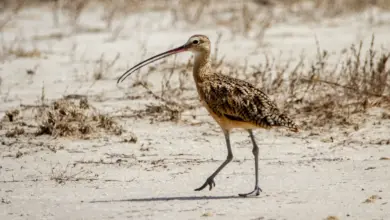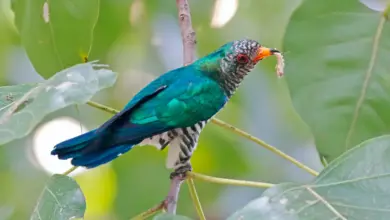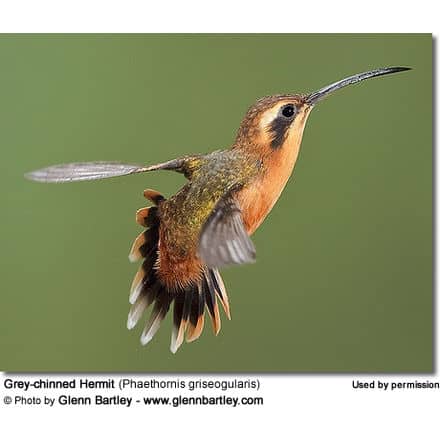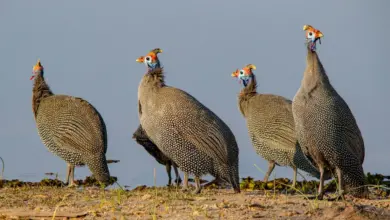Common Scoter
The Common Scoter (Melanitta nigra) is a large sea duck, 43-54 cm in length, which breeds over the far north of Europe and Asia east to the Olenek River. The American/E Siberian M. americana (Black Scoter) is sometimes considered a subspecies of M. nigra.
It winters further south in temperate zones, on the coasts of Europe as far south as Morocco. It forms large flocks on suitable coastal waters. These are tightly packed, and the birds tend to take off together.
The Common Scoter is one of the species to which the Agreement on the Conservation of African-Eurasian Migratory Waterbirds (AEWA).
Breeding / Nesting:
The lined nest is built on the ground close to the sea, lakes, or rivers, in woodland or tundra. 6-8 eggs are laid.
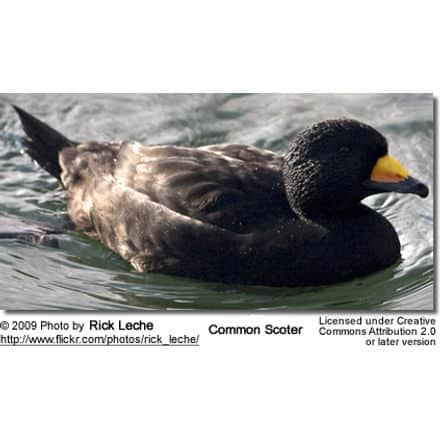
Description:
It is characterized by its bulky shape and large bill.
The male is all black with a bulbous bill which shows some yellow coloration around the nostrils.
The female is a brown bird with pale cheeks, very similar to the female Black Scoter.
This species can be distinguished from other scoters, apart from Black, by the lack of white anywhere on the drake, and the more extensive pale areas on the female.
More Duck Resources
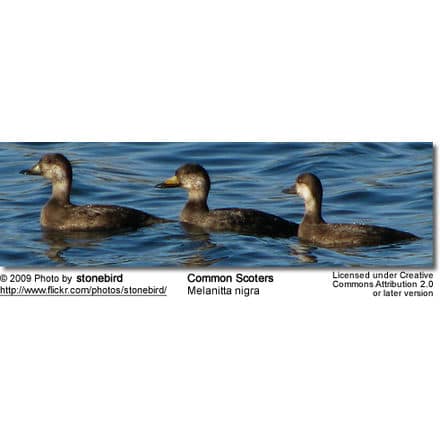
Diet / Feeding:
This species dives for crustaceans and mollusks; it also eats aquatic insects and small fish when in fresh water.
Feeding Ducks …
We all enjoy ducks and many of us offer them food to encourage them to come over and stay around – and it works! Who doesn’t like an easy meal?
However, the foods that we traditionally feed them at local ponds are utterly unsuitable for them and are likely to cause health problems down the road. Also, there may be local laws against feeding this species of bird – so it’s best to check on that rather than facing consequences at a later stage.
- Foods that can be fed to Ducks, Geese, and Swans to survive cold winters and remain healthy when food is scarce in their environment.
Please note that feeding ducks and geese makes them dependent on humans for food, which can result in starvation and possibly death when those feedings stop. If you decide to feed them, please limit the quantity to make sure that they maintain their natural ability to forage for food themselves – providing, of course, that natural food sources are available.
UK population and current issues
Campbell (1977) estimated the wintering population in north-western Europe to be about 130,000, mostly in the Baltic area, and the UK population at about 20,000. There is a marked passage in spring through the Straits of Dover.
In 2003 a previously unknown wintering population of 50,000+ was found on Shell Flat in the northwest of England by Cirrus Energy whilst surveying the area for a new wind farm. Due to this development and a recent oil spill off the coast of Wales, questions about the Common Scoter population have been asked in the UK Parliament.
Although the Common Scoter is a winter visitor to the UK, there are some breeding pairs in the north of Scotland. The species has been placed on the RSPB conservation Red List because of a greater than fifty percent decline in this UK breeding population. In 1998 the UK Government agreed to a biodiversity action plan (BAP) for the Common Scoter to increase the breeding population to 100 pairs by 2008.
At the third steering group meeting of the UK Common Scoter Biodiversity Action Plan (BAP), the population in the Shell Flat area was put at 16,500 wintering Scoter and 5000 moulting birds, of which 4000 used the footprint area of the proposed wind farm.

